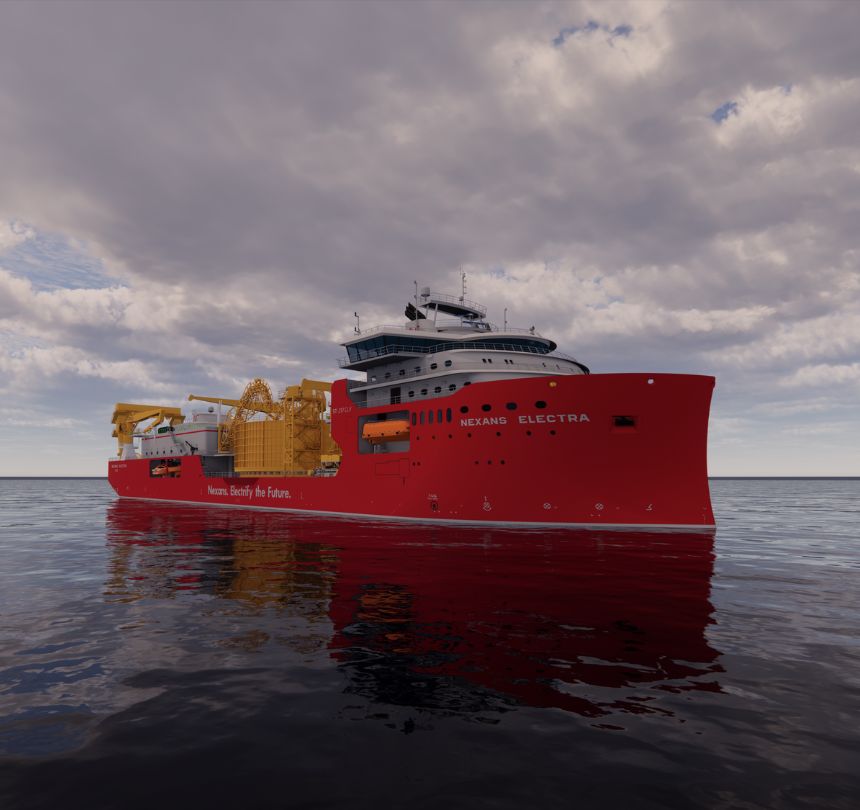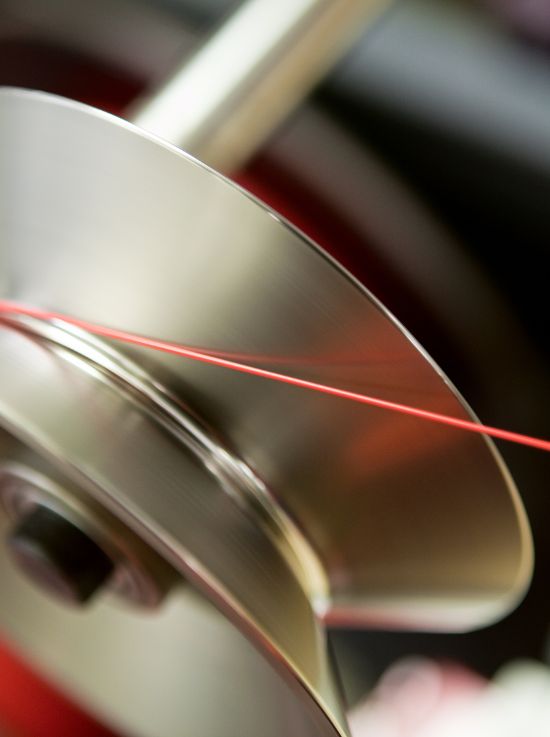Success stories

Successful collaborations and satisfied customers
We develop innovative, bespoke solutions to improve our customers’ operational efficiency. We foster partnerships to find collective answers to the challenges facing the energy industry.
We are proud of the projects completed and those currently under way. Through these projects, we are able to contribute to providing sustainable energy to as many people as possible, creating a greener future, and addressing the challenges of safety and reliability.






